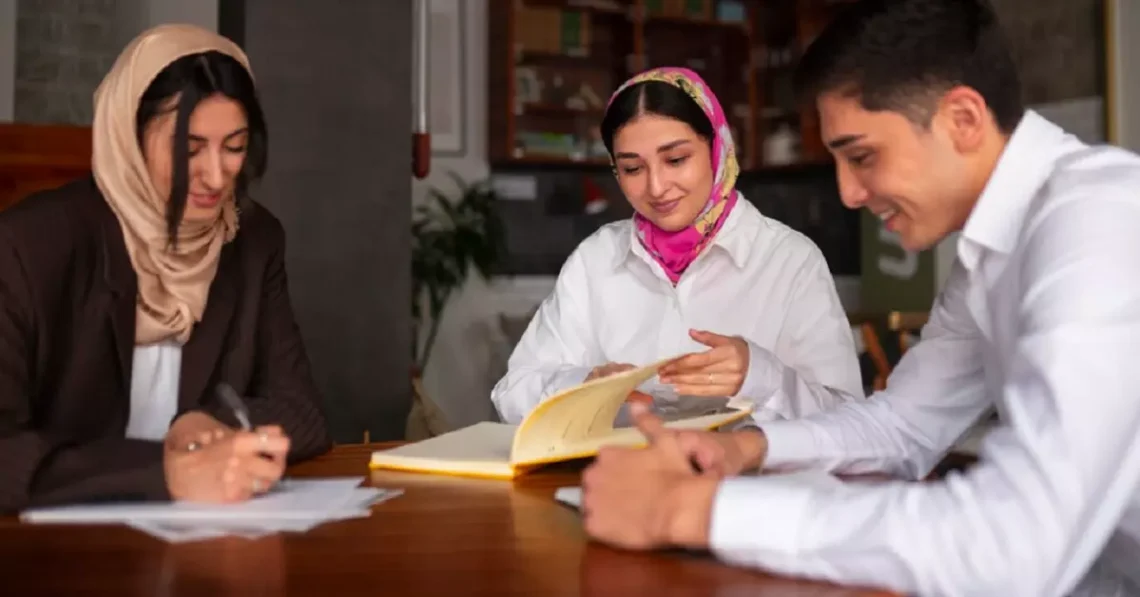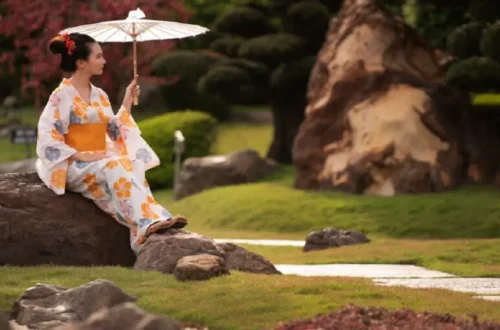Malay is an old rather ancient language. Its previous name was Old Malay and it was part of the Austronesian language family. For two millennia, Malay has undergone an evolution, changes, adjustments, and a lot of modifications as well. Also, like all other languages, it has always been in the stages of development. There has always been an international influence. The people and dynasties coming over and winning the land left with an impact. Foreign trade, religious expansion, and colonization took this language under its wave and left it with certain twists and tweaks. As the historians share some Malayo-Polynesian language was initially spoken in Southeast Asia by the Austronesian people. Some terms of the old Malay even exist today. However, modern speakers find these difficult. The Malay language is an interesting subject and Malay translation services can help you with real insights into the language, its evolution, and history.
Sooner this language started to evolve into old Malay with Indian cultures and religions penetrating. As we unfold the history of this extensive language we get to know that classical Malay had the influence and influx of the Arabian and Persian languages too. It was when the religion Islam made its way to this region where they had Classical Malay as their language. Therefore, classical Malay was made of different diverse groups of dialects.
Evolution of the Malay language
The evolution of the Malay language as per the centuries and history, it has been through is shared below.
Proto Malayic
This is about 2 millennia ago when this language started to exist
Old Malay
The 7th to 14th century was the time when they had Old Malay in the region.
Classical Malay
The 14th to 18th centuries witnessed the Malay language grow with different international influences and promoted the language to classical.
Pre-modern Malay
The 19th century witnessed the Malay language progressing and becoming the pre-modern Malay.
Modern Malay
A language has to evolve with the ongoing advancements and progress. Therefore, modern Malay started to form in the 20th century and is open to any changes and evolution even today.
Linguists, experts, and students often look for Malay translation services to understand the history and process of evolution.
Different dialects/variants of the Malay language
With such a rich and extensive history and evolution, the Malay language was divided into multiple variants. People coming from different regions molded the language as per their dialect and vocabulary. Moreover, knowing the details of the dialects and variants also helps with accurate and professional translation services for businesses and companies intending to expand in the respective region.
A few important variants of the Malay language that are in practice today are:
Standard and modern Malay
The standard Malay is the official language of Malaysia, Brunei and this is the most simplified and easy one among all. Therefore, People of the above-mentioned regions can understand and comprehend this language quite conveniently.
Banjarese
This ethnic group from Austronesian history also speaks a distinct variant of the Malay language. It has many features from the standard Malay. However, the impact of the Javanese and other regional languages is also pretty clear. The name comes from the Banjar people who belong to the Banjar region.
Riau Malay
Riau Malay is the variant and this dialect originates from the Riau Islands. These are part of the islands and a province of Indonesia. Moreover, they also speak this variant in Sumatra and have a visible influence on Standard Malay.
Kedah Malay
The Kedah variant of Malay is mainly common in Thailand. There are many speakers of this language in Malaysia too. It has many features in common with the standard Malay. However, the pronunciation and vocabulary are relatively different.
Kelantanese Malay
The sub-ethnic group from the Kelantan state of Malaysia and the northern Terengganu speak it as their language. This variant is distinct due to the unique vowel sounds and grammatical features. Moreover, all these variants could be different from each other due to a slight difference. Therefore, it is extremely vital to seek professional translation services to translate for these Malay variants. In addition, you should only look for native speakers to avoid complications and inaccuracies in translation.
Kristang Malay
There is a lot of blend and mix with Malay language. It has its ties with the Portuguese language as well. It happened with the arrival of Portuguese people in Malacca, the capital of the coastal state of Malakka. Therefore, with the settlement of Portuguese people, the language got mixed with the regional language. Moreover, they tailored it to the dialect that they brought with them from Portuguese.
Iban Malay
People of Sarawak in Malaysia use Iban Malay to communicate. It happens to combine the Malay elements with the Iban language.
Baba Malay
Chinese communities get the credit for developing the Baba Malay in Malaysia. This variant is also known as the Creole variety. The Malay language has a blend with Hokkien Chinese and a few other regional languages and has emerged as the Baba Malay.
Conclusion
The Malay language has a rich history and has existed for more than two millennia. Starting as proto Malay this language has come a long way and has undergone evolution. A brief history of the Malay language can help companies and businesses before indulging in translation services. However, a few important variants of the Malay language are Standard Malay with Riau. Banjarese, Kedah, Kelantanese, Iban and Kristang Malay.





